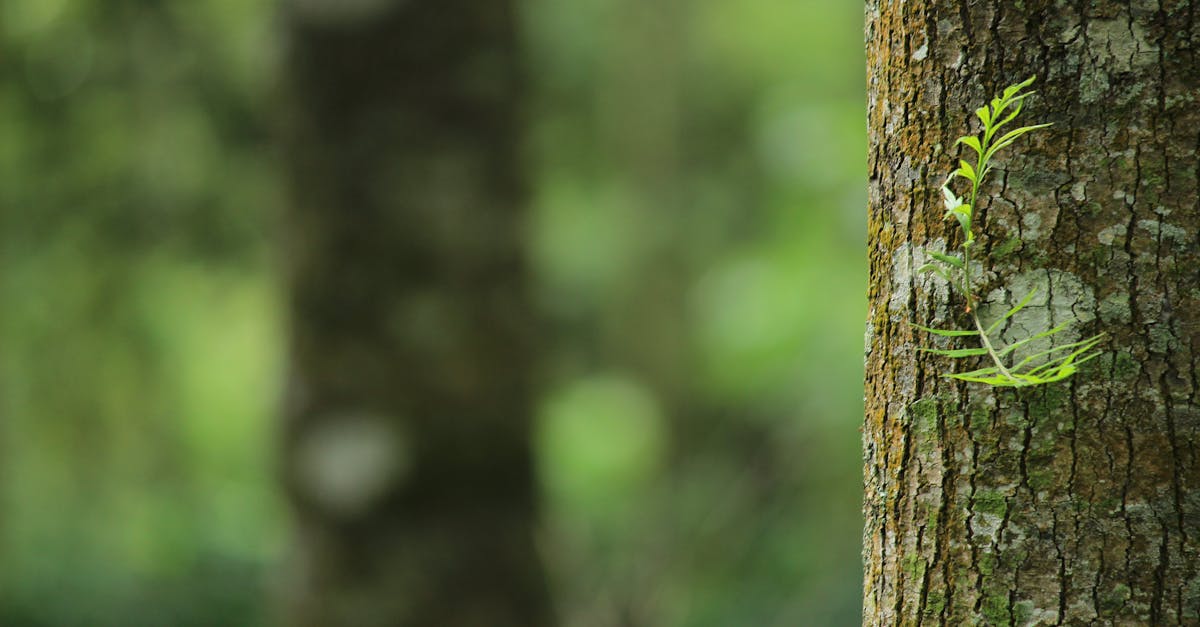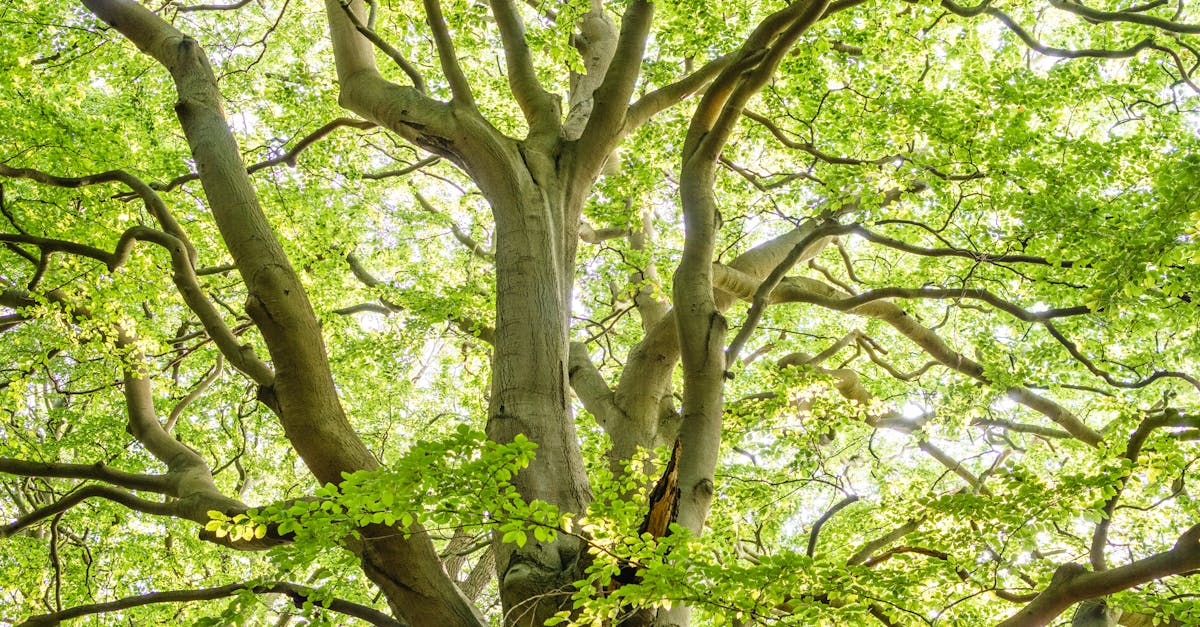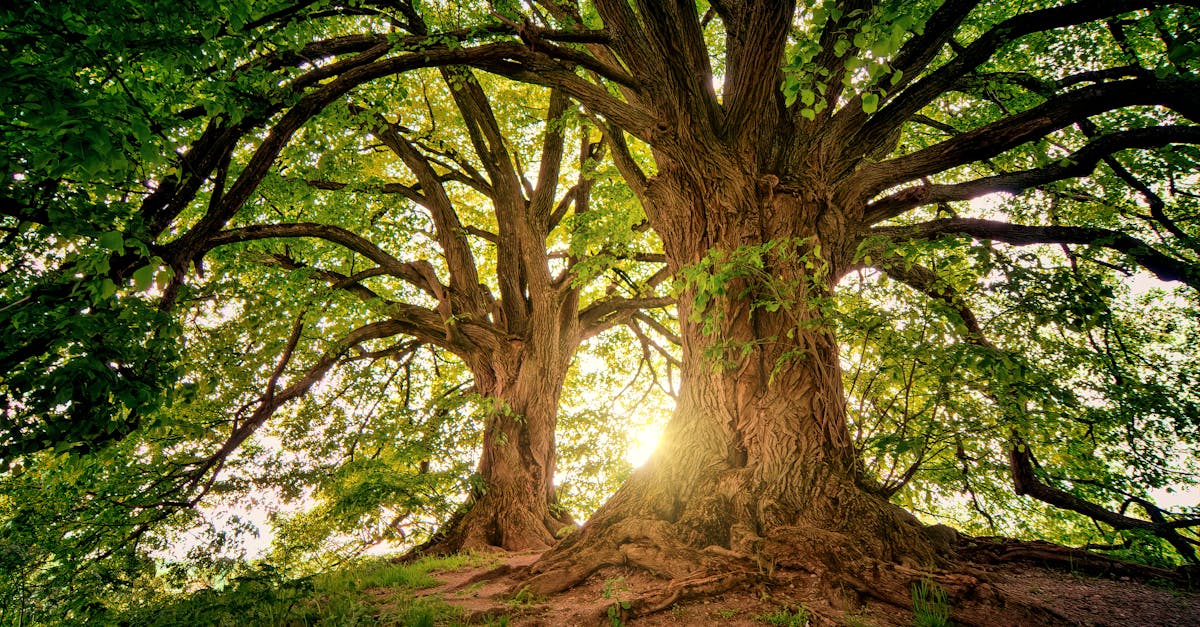
Optimal Timing for Tree Trimming
When considering the optimal timing for tree trimming, it is crucial to understand the specific needs of the tree species in question. Generally, the best time to trim most trees is during late winter or early spring when the tree is still dormant. This period allows for effective tree cutting without the risk of causing stress or damage to the tree. In Worcester, Massachusetts, residents can rely on expert services like Tree Pruning and Trimming Worcester, Massachusetts to ensure that their trees receive the care they need at the most appropriate time.
For trees that bloom in the spring, it is advisable to schedule trimming immediately after flowering. This timing allows the tree to recover swiftly and provides ample time for new growth before the summer months. On the other hand, for trees that bloom in the summer, trimming during the early spring or late winter is ideal to promote healthy growth during the coming season. Choosing the right time to trim trees is crucial for their overall health and appearance, and seeking professional advice from Tree Pruning and Trimming Worcester, Massachusetts is a wise decision for homeowners in the area.
Factors to Consider Before Trimming Trees in the Spring
When it comes to considering the optimal time for trimming trees in the spring, it's important to take into account the specific species of trees that are being trimmed. Different types of trees respond best to pruning at various times of the year. Additionally, assessing the health and condition of the tree is crucial before initiating any trimming or pruning activities. Tree Pruning and Trimming Worcester, Massachusetts professionals recommend evaluating the overall well-being of the tree to determine if it can withstand the stress of pruning during the spring season.
Furthermore, it's essential to factor in the nesting season for birds and other wildlife that may inhabit the trees being considered for trimming. Disturbing nesting areas during this sensitive time can have detrimental effects on local wildlife populations. Consulting with a local arborist or tree care specialist can provide valuable insights into the specific considerations that should be taken into account when planning tree trimming in the spring. It is always best to prioritize the health and safety of both the trees and the surrounding ecosystem when scheduling tree maintenance tasks.
Benefits of Summer Tree Trimming
During the summer season, tree trimming presents numerous benefits. One advantage is that trees are in full bloom during this time, making it easier to spot dead or diseased branches that need to be removed. Additionally, trimming trees in the summer promotes healthy growth and allows the tree to direct its energy efficiently. Tree Pruning and Trimming Worcester, Massachusetts, during the summer months can also enhance the aesthetics of the tree, helping it look tidy and well-maintained.
Another advantage of summer tree trimming is that it helps control the size of the tree, preventing overgrowth that can cause structural issues or obstruct views. By carefully shaping the tree during the summer, it is possible to maintain its overall health and promote a strong structure. Moreover, removing excess branches can improve air circulation and sunlight exposure, benefiting the tree's overall well-being. Tree Pruning and Trimming Worcester, Massachusetts, during the summer is a proactive approach to tree care that can lead to long-term health and vitality for your trees.
How to Safely Trim Trees During the Summer Season
During the summer season, it is essential to ensure the safety of both the individual trimming the trees and the tree itself. Tree pruning and trimming are best done during the early mornings or late afternoons to avoid the hottest part of the day and reduce stress on the trees. When trimming, always wear appropriate safety gear such as gloves, goggles, and sturdy shoes to protect against falling debris and sharp branches. Utilizing sharp and clean tools is crucial to make precise cuts and promote the tree's health. Regularly sanitizing the tools helps prevent the spread of diseases between trees. Remember to only trim branches that are easily reachable from the ground to avoid using ladders or climbing the tree, as this can lead to accidents.
It is important to follow proper trimming techniques during the summer to maintain the tree's health and aesthetics. Start by removing any dead or damaged branches to improve air circulation and sunlight exposure. Cut branches at the proper angle just outside the branch collar, which is the swollen area where the branch connects to the trunk. Avoid leaving stubs as they can invite pests and diseases. Remember to assess the tree's overall structure and prune accordingly to maintain its natural shape and balance. If unsure about the best approach for trimming a particular tree, consider consulting a professional service like Tree Pruning and Trimming Worcester, Massachusetts, for expert advice and assistance.
Fall Tree Trimming Guide
Fall is an ideal time for tree trimming, especially in regions with distinct seasonal changes like Worcester, Massachusetts. As the temperatures start to cool down and trees prepare for dormancy, it is a great opportunity to trim and prune your trees. Tree pruning and trimming in the fall can help in promoting healthy growth, as the tree can focus its energy on healing the wounds from cuts without the stress of extreme weather conditions.
When pruning trees in the fall, focus on removing dead or diseased branches first. This not only improves the overall appearance of the tree but also enhances its structural integrity. Additionally, trimming in the fall can help in shaping the tree before winter sets in, reducing the risk of branches breaking under heavy snow loads. Remember to always use proper pruning techniques to ensure the health and longevity of your trees. Tree Pruning and Trimming Worcester, Massachusetts.
Importance of Pruning Trees in the Fall Months
Tree pruning and trimming in the fall months is essential for maintaining the health and aesthetics of your trees. As the weather cools down and trees prepare for winter dormancy, it is an ideal time to remove dead or diseased branches, promoting overall growth and vitality. During the fall, trees are less likely to experience stress from pruning, as they are entering a period of dormancy, making it an optimal time for shaping and enhancing the structure of the tree.
Fall pruning also reduces the likelihood of disease transmission and pest infestation, as any open wounds from pruning will have time to heal before the active growing seasons. By pruning in the fall, you are setting your trees up for success in the following spring, ensuring they are in prime condition to flourish. Tree pruning and trimming in the fall months are crucial steps in maintaining the health and appearance of your landscape, contributing to the long-term well-being of your trees. Tree Pruning and Trimming Massachusetts.
FAQS
When is the best time to trim trees?
The optimal time to trim trees depends on the type of tree and the desired outcome. In general, late winter or early spring is recommended for most tree species.
What factors should be considered before trimming trees in the spring?
Before trimming trees in the spring, consider the tree species, the presence of diseases or pests, and the specific goals of the pruning. It's also important to ensure that the tree is not in active growth or flowering.
What are the benefits of trimming trees during the summer?
Trimming trees in the summer can help promote new growth, improve the overall health of the tree, and enhance its appearance. It is also easier to assess the tree's structure and shape when the leaves are fully developed.
How can trees be safely trimmed during the summer season?
To safely trim trees in the summer, make sure to use the proper tools, wear protective gear, and follow safe pruning practices. Avoid trimming trees during extreme heat or drought conditions.
What is included in a fall tree trimming guide?
A fall tree trimming guide typically includes information on the importance of pruning trees in the fall months, promoting healthy growth, and preparing trees for the winter season.
Why is pruning trees in the fall months important?
Pruning trees in the fall helps remove dead or diseased branches, improves the tree's overall structure, and promotes new growth in the spring. It also helps prevent the spread of diseases and pests during the winter months.


